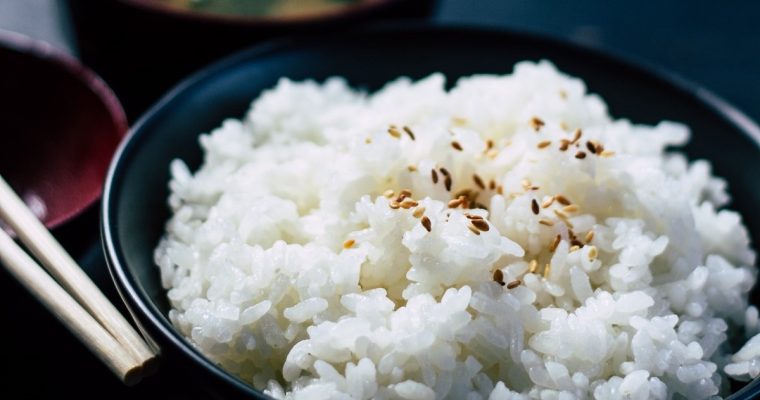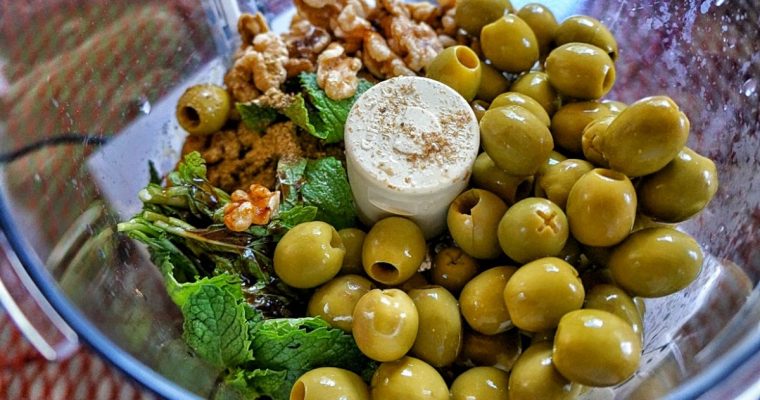Persian Food Cuisine, also called Iranian Cuisine, is one the world-famous food cuisines. Persian food has its unique flavour and tenderness in its meat dishes. Basically, the food cuisines of Central and South Asian states have lots of similarities. Pakistani, Turkish and Persian are among the top 10 food cuisine of this region. Therefore, we (Pakistani Food Box) are very delighted to share amazing dishes from all these cuisines. You can get numerous amount of authentic Pakistani and Turkish recipes from this blog. However, from this article onward, we will also give you amazing recipes and different delicious info about the world-famous Persian food box. Following are some amazing dishes from Persian Food Cuisine.
Persian Food Cuisine Intro:
One of the best cuisines in the world is Persian or Iranian cuisine. Most Persian recipes start with rice, meat, and salad and are frequently accompanied by fresh herbs, cheese, and yoghurt. You will be greeted by a broad variety of delectable treats when you arrive in Iran, including some of the most well-known Iranian foods including kebabs, caviar, pickles, smoked salmon, sambooseh falafel, shrimp, and ash. Ice cream with saffron that blinks at you!
Simply take a look at Iran’s extensive map and geography to see where this particular variety came from. The variety of Iranian cuisine is increased by the prevalence of several diverse climates. Additionally, the Achaemenid and Persian Empire formerly included the entirety of the modern-day nation of Iran as well as its surrounding nations, and day by day new regions were taken. Iran was a stop along the vast and significant Silk Road, which also attracted numerous travellers of all ethnicities. All of these features have helped Iranians develop a varied and distinctive cuisine culture.
Persian Helal Food:
The only food available in Iran is halal, as per Iranian law. Alcoholic beverages are not provided with halal meals. The killing of the meat and fowl for preparation is done in a unique Islamic manner. Additionally, Iranians do not consume the meat of certain animals since it is not Halal, including pork, dogs, mice, and others. In accordance with Iranian legislation, there is no designated location to offer alcohol or narcotics, including Marie Joanna, in public settings.
The Most Famous Persian Dishes:
For Iranians nowadays, eating is very important. Countless hot and cold foods, an endless supply of rice, and plenty of encouragement to keep eating more are common features of family reunions. Due to Iran’s 2,000-year history, the roots of Persian food are a little complicated. The Persian Empire originally spanned from India to Greece, and since then, many countries from all throughout the huge empire have influenced Iranian cuisine. It was also affected by nearby peoples including the Greeks, Romans, Arabs, Russians, and Turks.
Persian Fesenjan Stew:

Fesenjan, a wonderful combination of pomegranate paste and chicken or duck flesh, is a significant and essential component of Persian cuisine at wedding ceremonies and ceremonial feasts.
Pomegranate paste is slowly simmered with onions, walnuts, and chicken to create a rich, dark brown sauce. The meal is occasionally spiced with saffron and cinnamon, and occasionally sugar is added to balance the flavour.
Knowing that Fesanjan Stew has a lengthy history is intriguing. Inscriptions linked to the ingredients used in the Achaemenid Empire’s cuisine have been discovered in the ruins of Persepolis, the empire’s former capital. One of the inscriptions depicts pomegranates, chicken flesh, and walnuts, the three primary components in Fesenjan stew.
Eggplant Stew (Khoresh Bademjan):
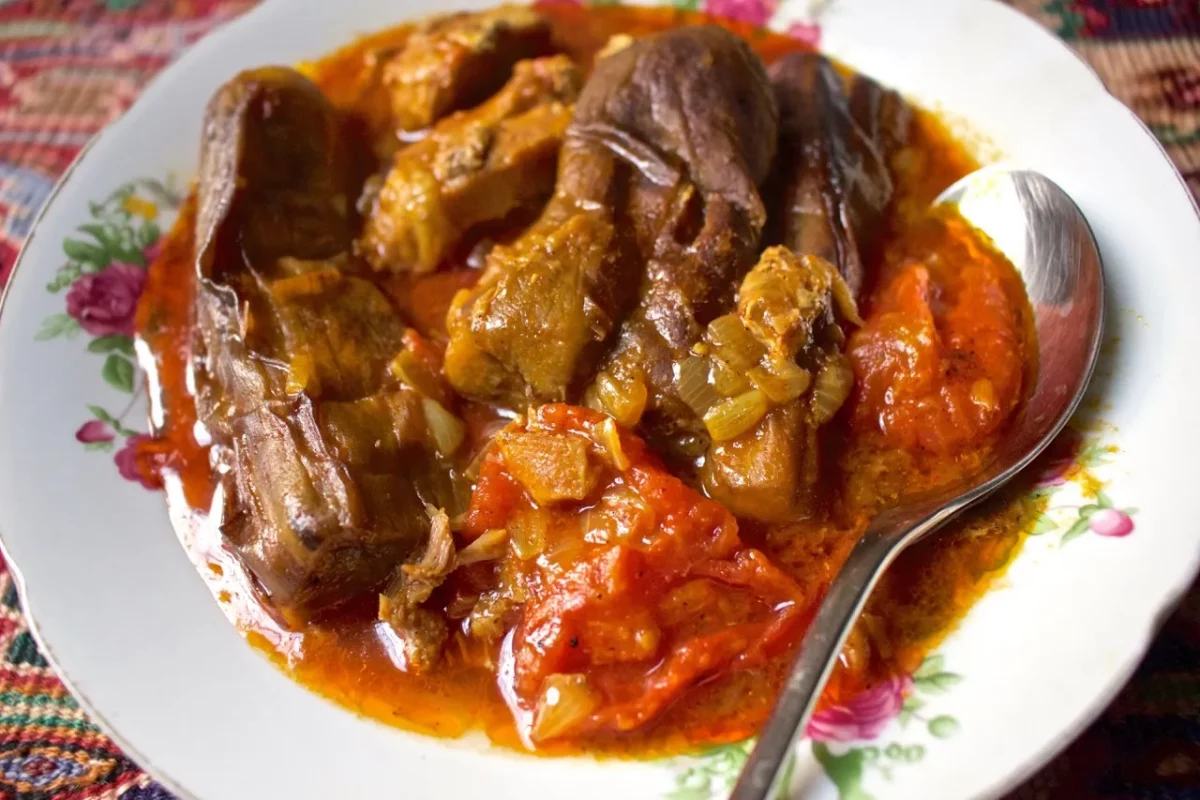
One of the most well-known Iranian recipes is an eggplant stew that is crimson and golden in colour, cooked with tomatoes and turmeric. To start, the flavour of tomato juice, lemon juice, and occasionally verjuice is a little bit sour and bitter.
The beef and fried eggplants in this stew are cooked in a tomato-based sauce. The eggplants should be grilled or fried before being cooked with lamb, onions, tomatoes, water, and spices. Like many Iranian stews, eggplant is thick. It is typically eaten over Persian rice or with a speciality bread called lavash, however, you may also serve it with pita bread or crackers.
Fava Bean Rice (Baghala Polow):
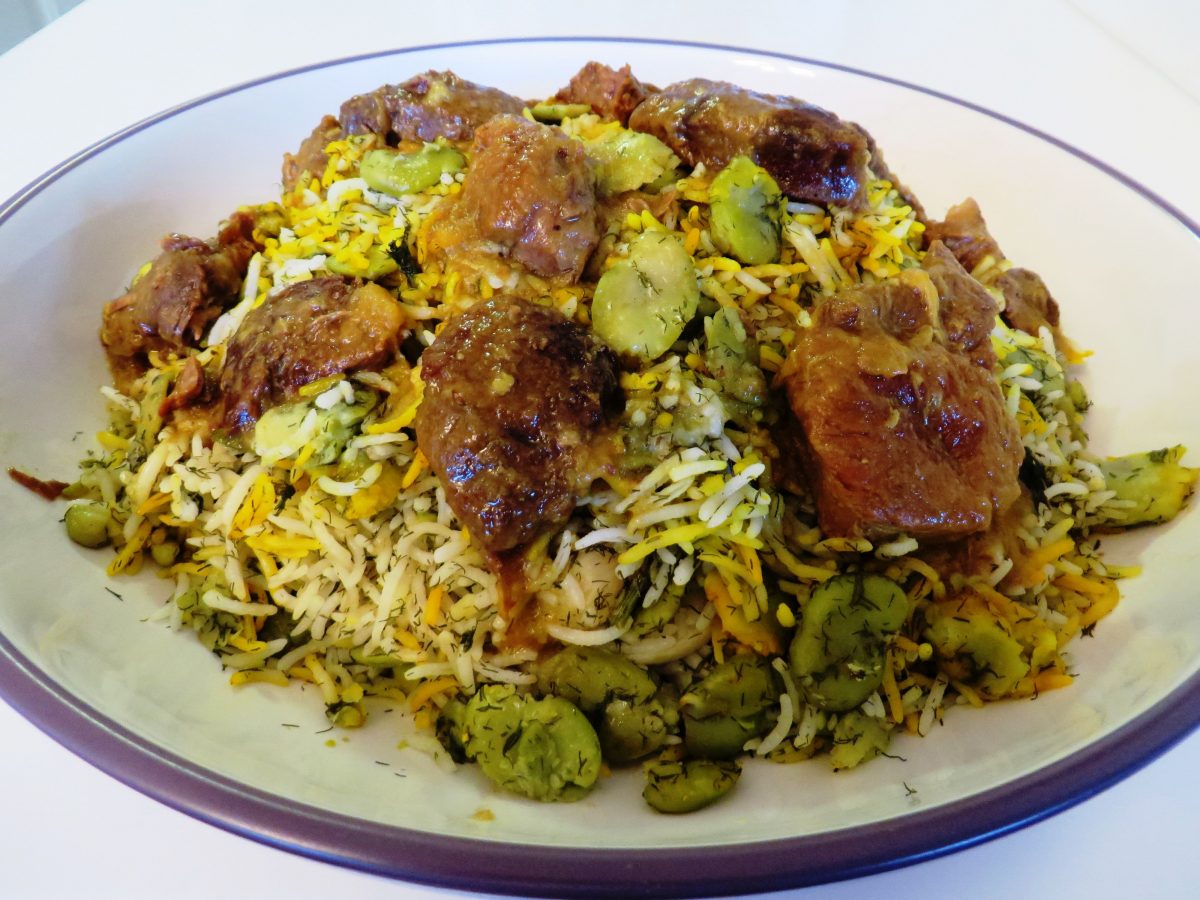
Chelo, or butter and saffron rice, is a common preparation in Iranian cuisine. However, they occasionally prepare rice with additional components including beans, vegetables, nuts, fruits, and meat and name it polow. Because the Fava beans (Baghala) are fresh and excellent for cooking in the spring, one of the rice kinds that are highly well-liked during this time is the Baghala Polow.
The first thing you’ll notice about a Baghala Polo dish is its bright green hue. Typically, lamb meat, lamb shanks, and occasionally roasted or grilled chicken are used to prepare this meal. A delicate saffron scent is always present with a fine Baghala Polow!
Barberry Rice (Zereshk Polow):

It is not unexpected that cranberries and barberries are featured among the raw materials of Iranian cuisine because Iranians appreciate sweet-sour or very sour tastes. Additionally, green plum, rhubarb, bitter orange, fresh lemon, dried lemon, tamarind, cherry, sumac, and pomegranate are utilised as raw ingredients in Iranian sour meals and soups.
This traditional Persian delicacy, Barberry Polow, is filled with dried and fried red barberries (Zereshk). To soften and flavour the barberry, a lot of butter is used to boil the rice (polow). This recipe’s major ingredient, the chicken (Morgh), is cooked separately in a tomato-saffron sauce, making it simple to prepare in big quantities.
Vegetable Stew (Ghormeh Sabzi):

One of the most delicious and well-known Iranian recipes, vegetable Stew (Ghormeh Sabzi), is a favourite of practically all Iranians. Red beans, lamb, and a variety of flavorful vegetables, including parsley, leeks, and coriander, are cooked together in this stew. Additionally, Omani lemon would provide a tangy taste (Dried Lemon). Fenugreek, a flavour that many Westerners are unfamiliar with, is one of the distinctive tastes.
The time it takes to simmer gently over a low burner is the key to a delectable Iranian vegetable stew.
Rice Crisp (Tah Did):
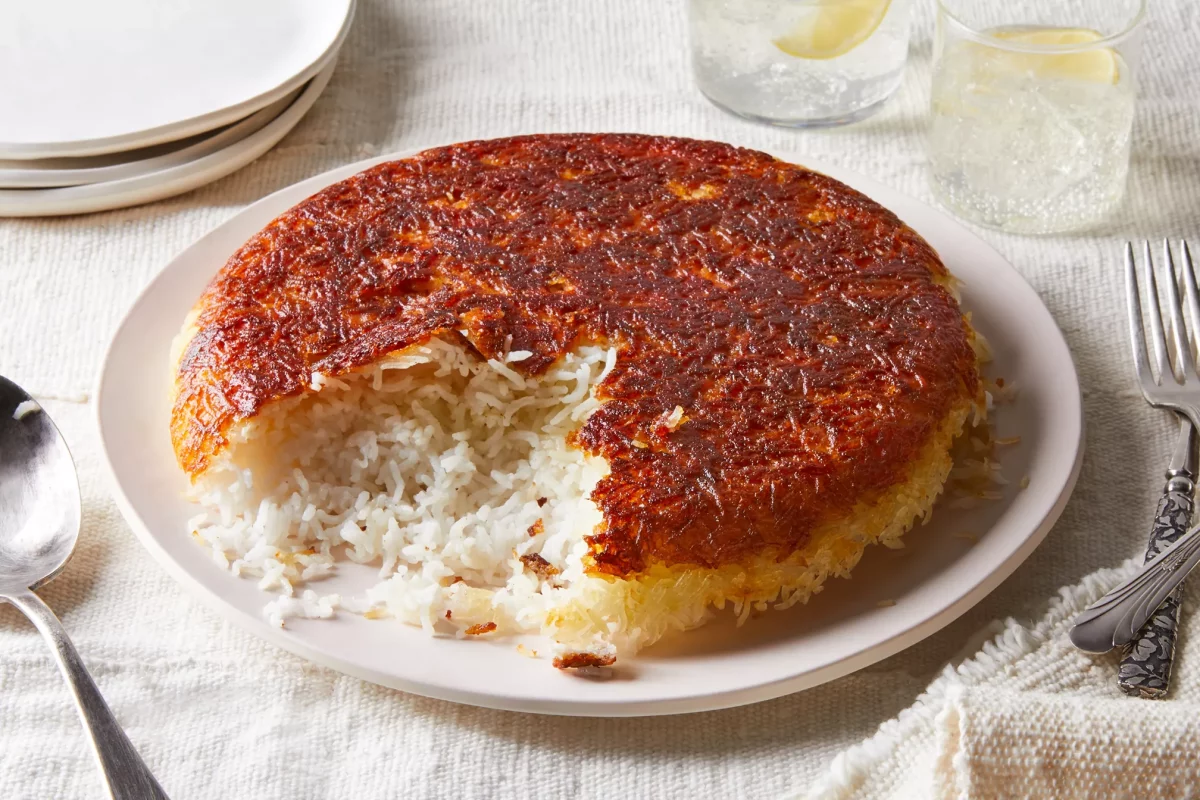
Tah Dig is without a doubt the essence of Iranian cuisine! It is a fried rice layer at the bottom of the pot that is golden and crispy and tastes a little like potato chips and popcorn.
Tah Dig, which translates to “the bottom of the pot,” is a delectable, golden portion that is only available by special request at eateries. However, some eateries serve their own Tah Dig as a gourmet side dish. One of the most well-liked components of the cuisine, especially among kids, is rice crisp.
Persian Kebabs (Lamb, Beef, Mutton):

Iranian kebabs come in a wider variety than you may expect. Choose the minced kebab, which is first. It is made of red meat, finely chopped onions, salt, and pepper. It may seem straightforward, but it has a distinct flavour. The Barg Kebab is another option. It consists of thin slices of lamb or beef that have been marinated in lemon juice, onions, saffron, and butter. Typically, “Jujeh Kabab” or chicken kababs are roasted over an open flame after being marinated in lemon juice, onions, and saffron. You should request it on a bone.
If you’re fortunate, you could also come upon a “Jigaraki” store where you can have a liver kebab with fresh basil and lavash bread.







